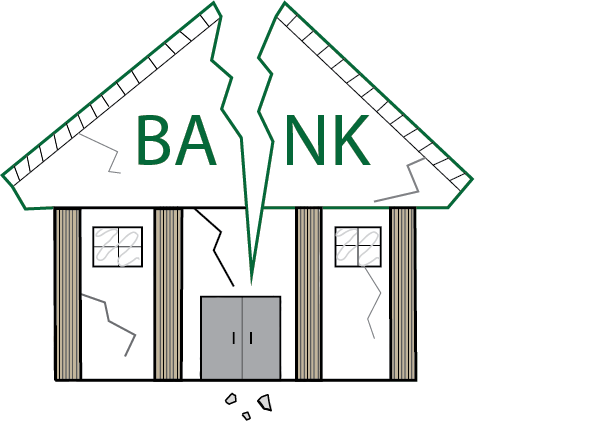Silicon Valley Bank collapses; more banks at risk
April 28, 2023
Silicon Valley Bank took a turn for the worse and collapsed following a message by chief executive officer Gregory Becker about the prosperous future of the tech industry and Silicon Valley Bank’s place within it on Friday, March 10.
Becker failed to acknowledge that Moody’s, an investment ratings service, had called him a week earlier to warn that their bonds were in danger of being downgraded to junk. To restore the financial health of Silicon Valley Bank, he projected false confidence in the bank’s future at a conference; however, the following day, SVB announced that they were facing a $1.8 billion loss and needed to raise $2.25 billion.
This scared their investors, who were nearly half the country’s venture capital-backed technology and life-science start-ups, leading to a devastating $42 billion pulled out of accounts and a 60 percent plummet in stock values. Due to their high-flying start-ups, Silicon Valley Bank had been flush with cash, although most of it was locked away in long-term Treasury bonds. When interest rates were low, these investments had high yields, but with increasing rates, these have become a lot less attractive to consumers.
Additionally, given the state of our current economy, funding for the tech industry has started to run dry, causing start-ups to withdraw more money than ever. To make the situation even worse, a significant number of big uninsured depositors began pulling money out of their accounts, meaning that Silicon Valley Bank then needed to sell off investments at deep discounts.
Two days after the crash of Silicon Valley Bank, Signature Bank, which provides lending services for law firms and real estate companies, saw a close-to-90 percent ($88 billion) withdrawal of deposits. On Sunday, the United States Federal Deposit Insurance Corporation invoked the systemic risk exception clause for the Silicon Valley and Signature Banks, allowing the government to reimburse the 85 percent of uninsured bank deposits. For consumers, this means the full amount of accounts will be insured, rather than the normal $250,000.
Recently, a report by Social Science Network uncovered that 186 banks in the United States are at risk of collapse resulting from uninsured deposits or rising interest rates. Prior to the collapse of these two banks, the Federal Reserve was expected to make a half-point increase in rates; however, at this time it has been put on pause.
The Wolf met with Tualatin economics teacher Christopher Duke to hear about his thoughts on the future of the United States Banking System.
“Banks are too big to fail in the sense that they are so interconnected that one failure would be detrimental to the others. This makes the government obligated to step in and help, which encourages this risky behavior.”
The collapse of these two major banks have created substantial effects throughout the tech industry, Washington and Wall Street.







